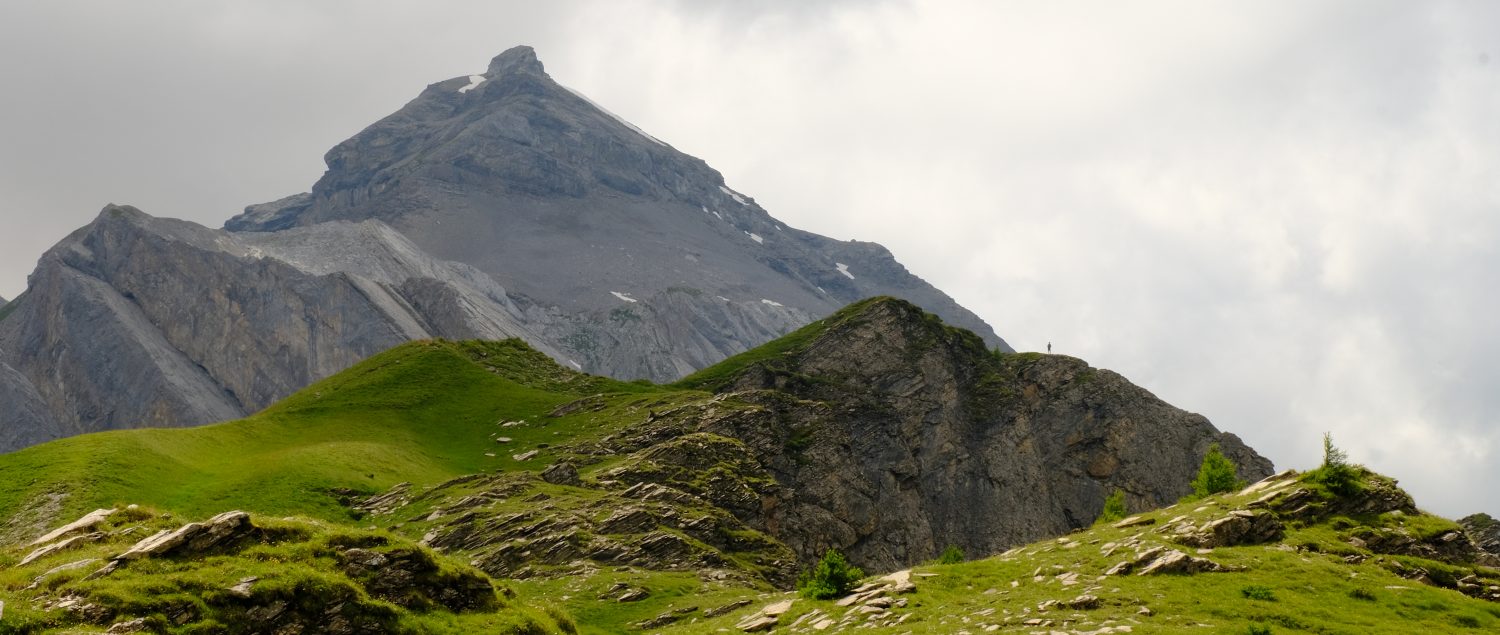If you’ve been startled by seeing someone darting to and fro in the Paulerspury and Pury End fields I apologise. Photographing butterflies seems to involve a lot of hareing around. Luckily there are lots of them fluttering by, apologies for any blurry photos!
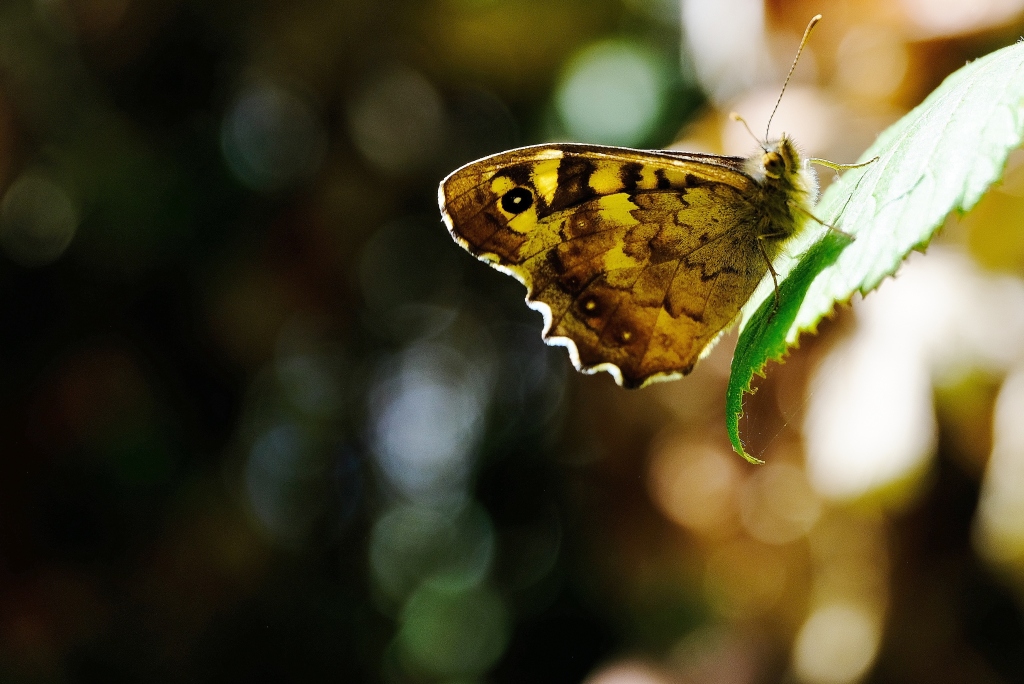
Photo Credit: Sally Woodbridge
Perfectly described by its name I found this one in the tall hedgerows and trees between Park Farm and Whittlebury. Come the winter most British butterflies hibernate either as eggs, caterpillars, pupae or as adults. The Speckled Wood can hibernate as either a pupa or a caterpillar.
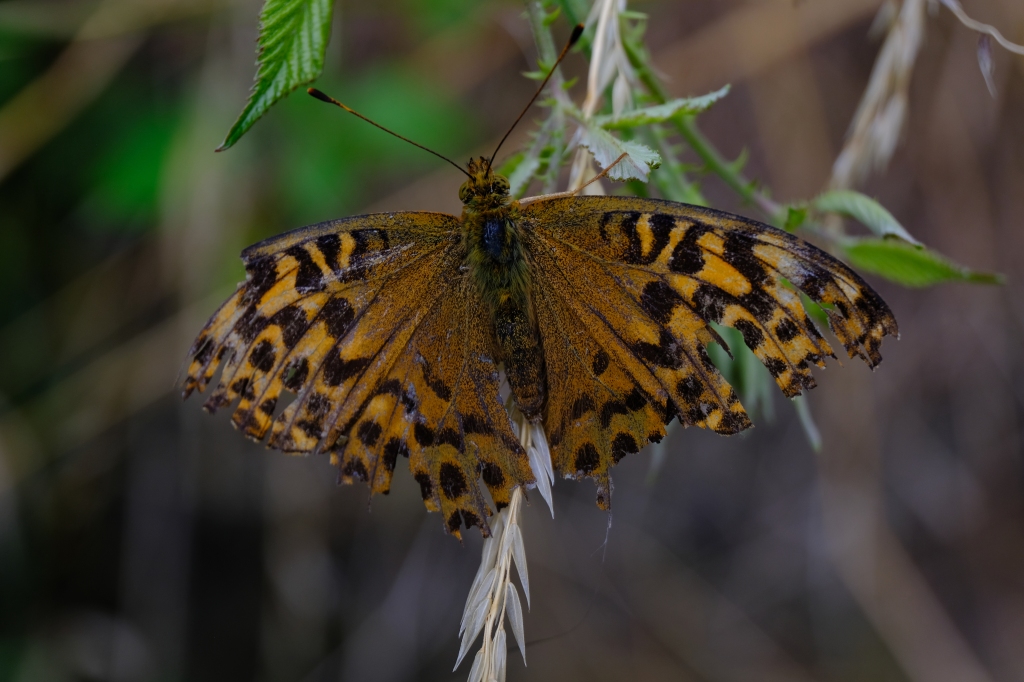
Photo Credit: Sally Woodbridge
This large butterfly posed very obligingly for me by the bridge over the little stream at the bottom of Careys Road. Despite its very tatty wings it flew off surprisingly quickly. Its caterpillars munch on Common Dog Violet (Viola riviniana), something to look out for when summer ends.
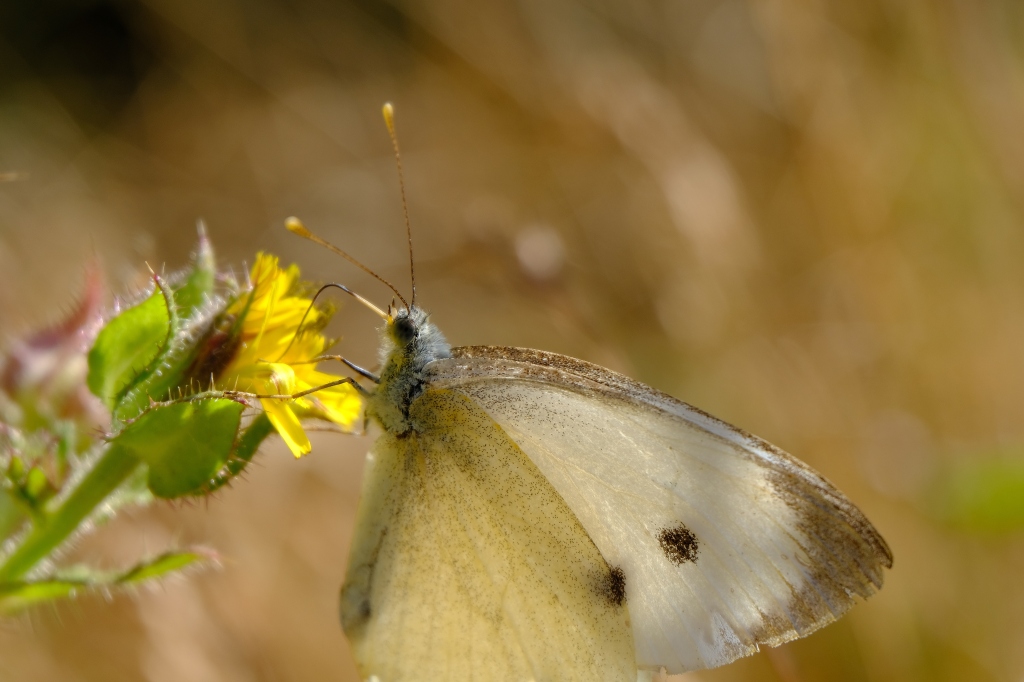
Photo Credit: Sally Woodbridge
You’ll have seen loads of these, I can see one on my neighbour’s lavender right now. The females have the two black spots on the forewings, but the males don’t. We always called them ‘Cabbage Whites’ and my vegetable growing grandad hated them with a passion! Large Whites are a very mobile species, most years many migrate across from continental Europe.
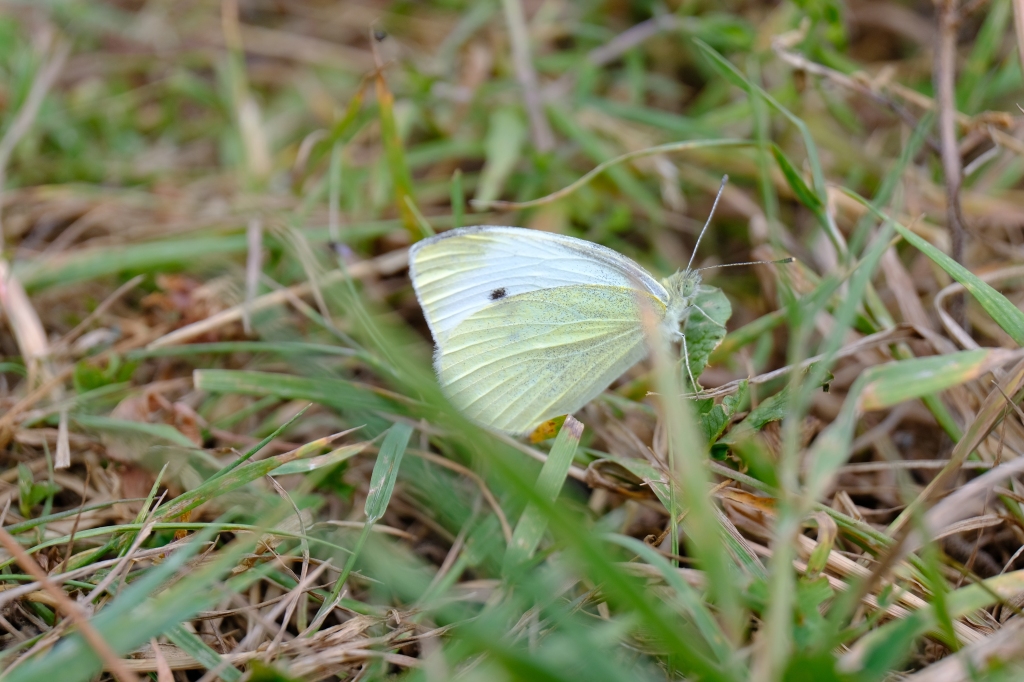
Photo Credit: Sally Woodbridge
Another butterfly with cabbage loving caterpillars. The wingspan of the Small White is about 5cm compared to 6.3-7cm for the Large White. Small Whites also have two or three broods a year in spring, summer and autumn like the Large White but less migrate across to us each year.
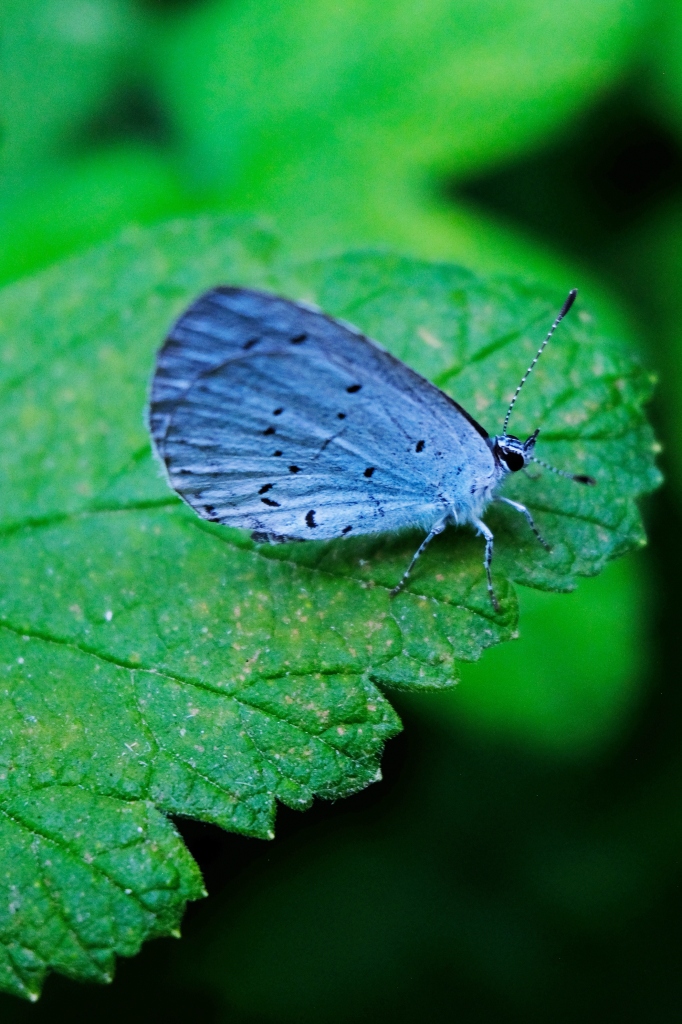
Photo Credit: Sally Woodbridge
This butterfly was so hard to photograph, it flew around really fast and then when it finally settled it started vibrating. The spring caterpillars do feed on Holly, but the summer caterpillars feed mainly on Ivy. They also feed on Spindle-tree and brambles, plentiful in our local hedgerows. Most British butterflies need to mature sexually after emerging, but the blues may mate very quickly after leaving the chrysalis.
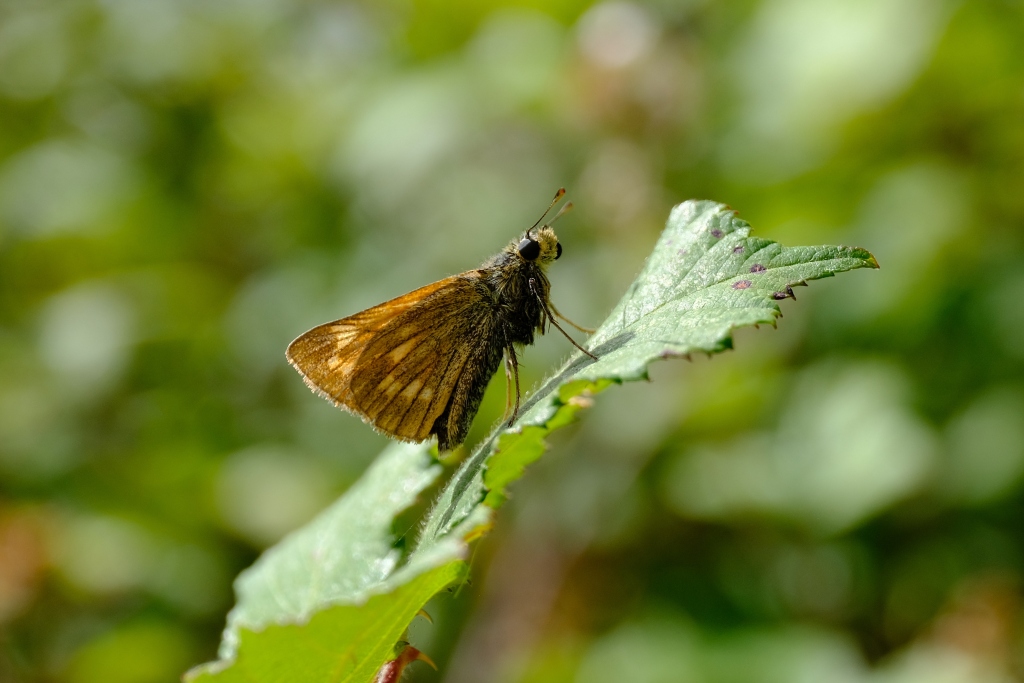
Photo Credit: Sally Woodbridge
I love this butterfly! The males pose, nice and still, in the sunshine between areas of tall and short vegetation, waiting for a female to flutter by. They look a bit more chunky than most other butterflies and Skippers very rarely fold their wings up completely, they usually have them at an angle or spread them out. Remember this and impress your family and friends when you see one!
- Bebbington, J. and Lewington, R. (2018) Guide to the butterflies of Britain and Ireland. Field Studies Council, OP184.
- Butterfly Conservation: https://butterfly-conservation.org/
If you enjoyed this please enter your email address below to follow this blog and receive notifications of new posts by email.

